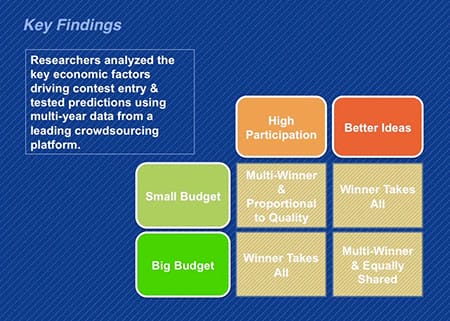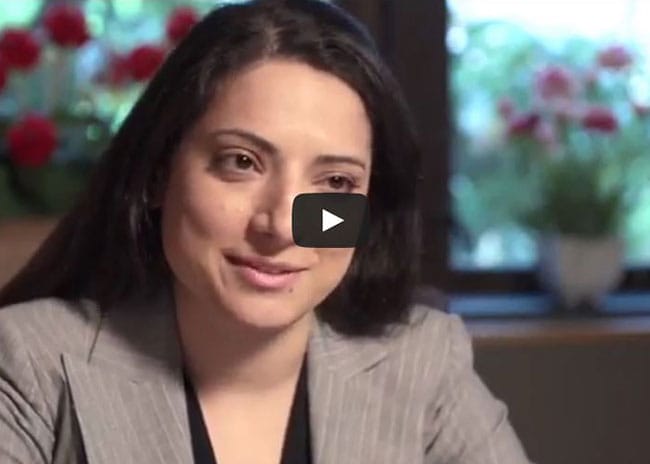Crowdsourcing contests are gaining popularity, so it’s time companies figured out how to structure them to draw out the best results. Wharton Assistant Professor of Marketing Pinar Yildirim has been investigating how choices about contest structure affect the number and quality of entries.
In marketing, crowdsourcing contests are used to find new ideas for development, as well as to engage customers with the brand. The optimal competition structure depends on the desired outcome. If a company’s main goal is to develop the winning idea, then it will prioritize idea quality. However, if it simply wants to engage consumers with the brand, then high participation in the contest will be the more important goal. There are many ways to set up a contest, and the research focuses on several of these possibilities through the lens of participant motivations.
Watch Yildirim reveal how organizations can design crowdsourcing to get the results they want.
Yildirim explains that she and her colleagues looked at what motivates consumers to participate in a competition. They emphasized that consumers think about three main considerations. The first is, predictably, how much money the winner will receive. Also important, however, is the number of possible winners—a consumer will be more likely to enter a contest if there are several winning slots and, therefore, more chances to win. This motivation is mediated by a third factor, called “competitive effect,” which refers to consideration of how many people will be competing for the winning slot(s).
Of course, each firm will decide how much money it is able to devote to the prize for a crowdsourcing contest, and the size of the budget affects which strategy will work best.

An infographic displaying the key findings from Professor Yildirim’s research.
The main takeaway that Yildirim identifies is that the dollar amount a firm can allocate to its contest is a deciding factor in how incentives should be structured. Firms that can dedicate high budgets to their contests should use a winner-take-all strategy to attract high participation, but to get the best ideas, should instead select a multiple winner strategy with equally shared prize money. If a firm has a small budget for the contest, however, the strategy is somewhat inverted. A winner-take-all reward with a small budget will attract the best ideas, whereas multiple winners, who share the prize proportional to ranking, will attract higher participation.
These findings will be immediately useful to any firms wishing to engineer their reward strategy so as to attract the results they desire. To see the process of crowdsourcing contests in action, read about the University of Pennsylvania Healthcare System’s American Idol-style innovation tournament, which used a winner-take-all strategy.
Editor’s note: The original version of this post appeared on Oct. 17, 2014, on the Mack Institute News page.

























